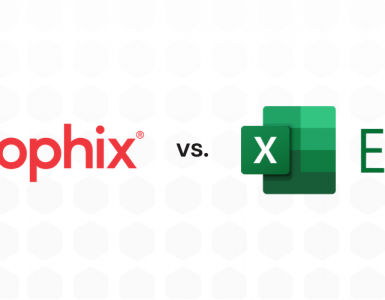Facts are rarely enough to win an argument when there is a better story on the other side.
We often place too much faith in the power of facts. We believe that the truths that are obvious to us will make a compelling case for others. But human beings are not totally rational animals. Some scientists argue that all our decisions are emotional. We just use facts to rationalise the decisions we have already made. Once we have chosen a path, we build a narrative about how we reached our decision and convince ourselves that it was the clear choice.
This emotional decision-making presents a particular challenge to the office of finance, the home of truth. If facts are our currency, how do we ensure that they carry the weight that they deserve? How do we drive better, evidence-based, decision-making? The answer is to weave stories around our facts. Stories have power because they engage our emotional brains and lead our audience to conclusions – or at least clarify the choices.
So how do we learn to tell better stories?
Beginning, Middle, End
Stories have a beginning, a middle, and an end. They start with where we are today. They take us through a change, the crux of the story, to where we will be in the future.
Stories in a business context don’t follow the usual, linear-time structure. We might start at the beginning, but then we must show people the possible endings. Only then can we determine what the change might be – what it should be – based on these possible destinations. Storytelling in a business context is about allowing the audience to choose their own adventure, but giving them advance knowledge of how the story might turn out, depending on the decisions they make.
Substance and Style
Telling stories effectively is about more than structure. It is about style. And style is something that only comes with practice. We often treat the ability to perform like creativity, as if it is innate. But while some people might have more flair for either, both can be learned, and both must be honed.
Storytelling is a skill we should start teaching people early in their finance career. We should ensure that every report tells a story, one that is as self-explanatory as possible. Even if they aren’t standing up in front of the board, or shareholders, everyone in the office of finance should get used to telling stories around their data every day.
The more we advance in our careers, the more we must polish our talent, capturing feedback, taking training and coaching, learning wherever we can to be better at build and delivering our narrative, always with truth at its core.
Story Time
Telling stories is a creative act. And any creative will tell you that their art takes time, something that almost every finance leader tells me is in short supply. If we truly want to advance the influence and capability of the office of finance, to make it truly future-ready, then we must carve out the time for learning, and applying, skills like storytelling. Doing that comes back to the basics: standardise and automate processes. Strip away the manual labour that binds people to their spreadsheets and give them the scope to step up, learn and grow.
Where does the story of the office of finance end? We can see a few possible conclusions. If we believe finance should continue to be the home of truth in business, the place where informs decision-making and drives performance, then we need to become better storytellers.






